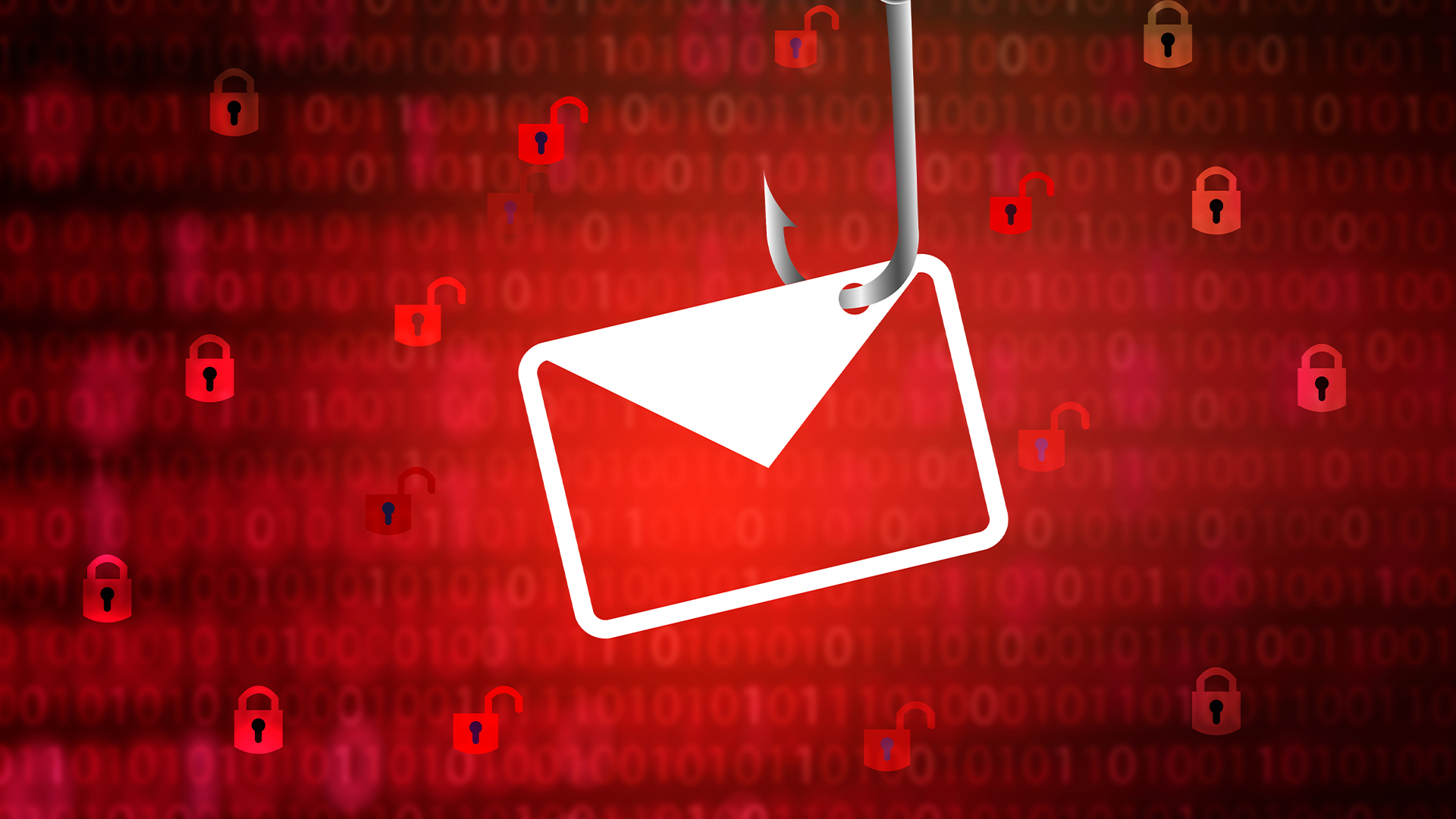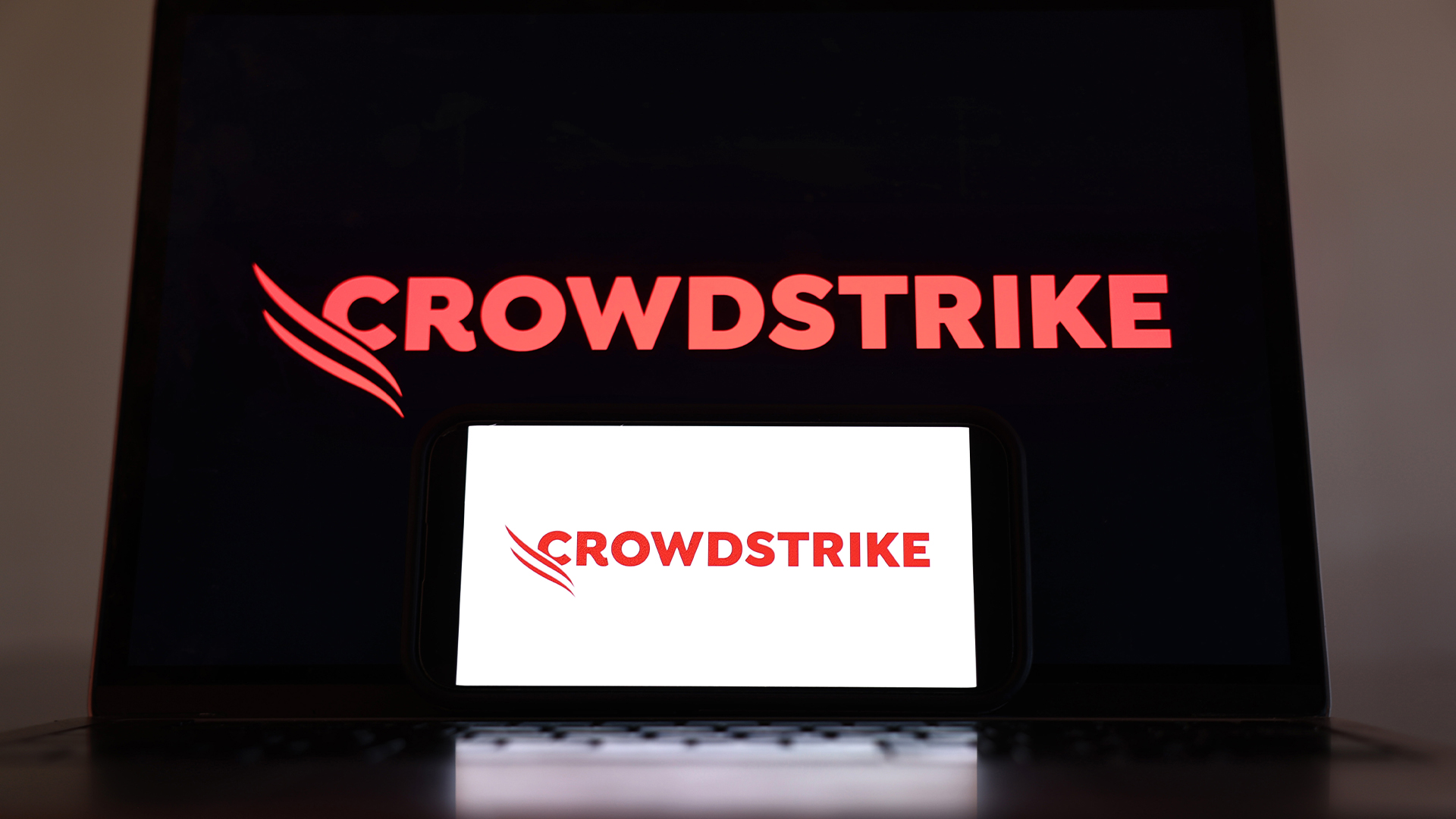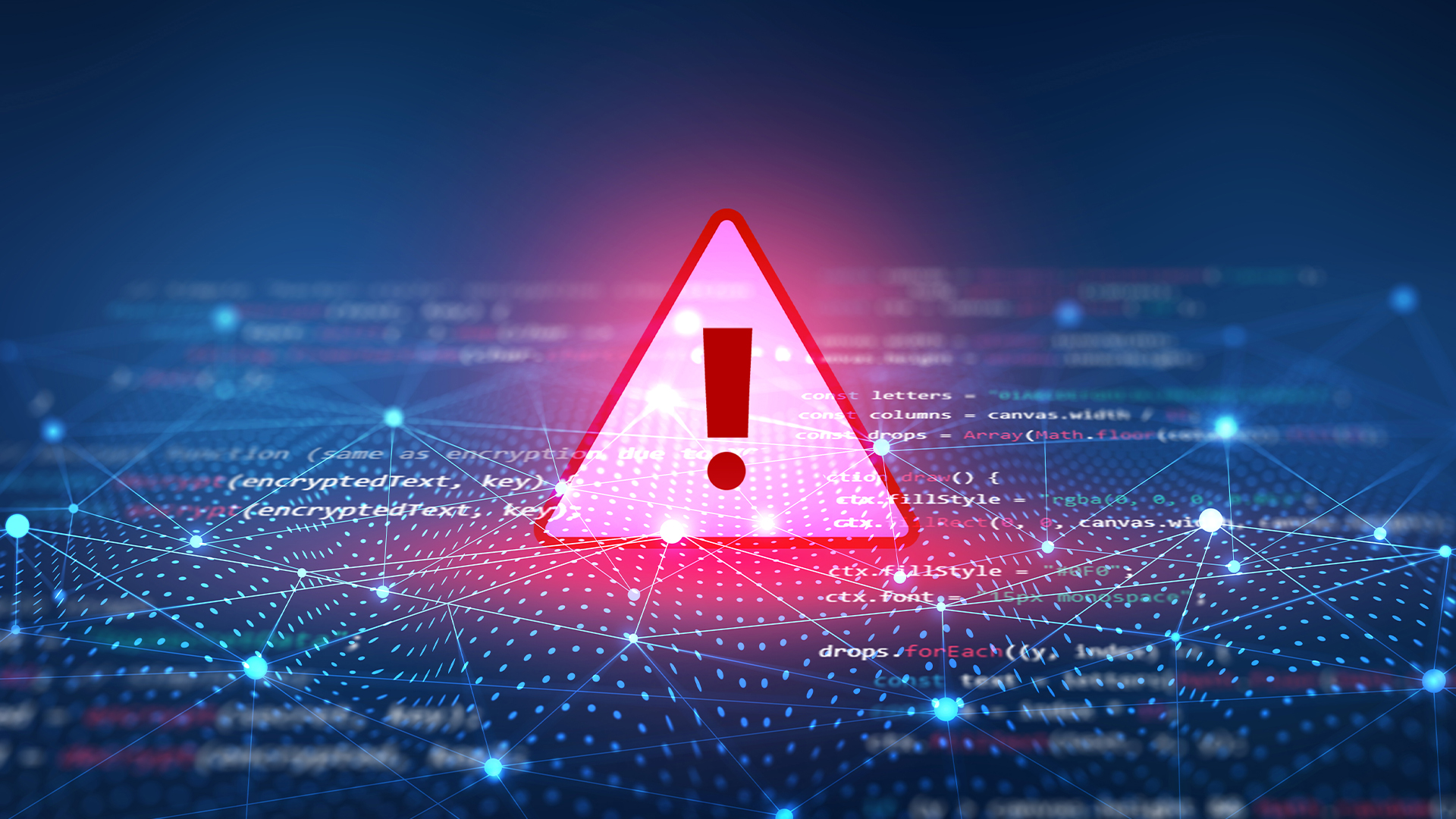Hackers are using a new phishing kit to steal Microsoft 365 credentials and MFA tokens – Whisper 2FA is evolving rapidly and has been used in nearly one million attacks since July
Whisper 2FA is now the third most common Phishing as a Service tool worldwide


Security firm Barracuda has issued a warning to Microsoft 365 users after researchers uncovered a new Phishing as a Service (PhaaS) tool that’s being used to target millions of accounts.
Whisper 2FA steals both credentials and MFA tokens while evading detection through complex obfuscation techniques. The tool bears similarities to Salty 2FA, researchers noted, a new PhaaS with a focus on stealing Microsoft 365 credentials reported recently by AnyRun.
It's a well-obfuscated credential harvester with anti-debugging, anti-analysis, and brand mimicking features. Tracked since July 2025, it has already powered close to a million attacks, making it the third most-common PhaaS after Tycoon and EvilProxy.
Whisper 2FA can steal credentials multiple times through a real-time credential exfiltration loop that's enabled by a web technology known as Asynchronous JavaScript and XM (AJAX).
This feature, which speeds up live chat, instant search suggestions and dynamic dashboards, allows websites to update information in real-time without needing to reload the entire page.
"By combining realistic login flows, seamless user interaction and real-time MFA interception, Whisper 2FA makes it extremely difficult for users and security teams to detect fraud," researchers warned.
"Unlike traditional phishing kits that stop after collecting usernames and passwords, Whisper 2FA goes further. It validates sessions in real time, intercepts MFA codes and uses advanced anti-analysis techniques to avoid detection."
Sign up today and you will receive a free copy of our Future Focus 2025 report - the leading guidance on AI, cybersecurity and other IT challenges as per 700+ senior executives
Under the hood of Whisper 2FA
Analysts at Barracuda found a wide range of phishing emails leading to Whisper 2FA, many of which were based on well-known, trusted brands and urgent pretexts, including DocuSign, Voicemail, Adobe, and ‘Invoice’.
Notably, researchers warned the kit is evolving rapidly in both its technical complexity and anti-detection strategies. Barracuda said that random text snippets used in the early versions have been removed, stripping away human-readable hints and making static analysis more difficult.
Obfuscation has also become denser and multilayered, with repeated Base64 decoding functions – which suggests the original data was encoded into strings of letters, numbers, and symbols several times over.
Meanwhile, new protections have been added to make it harder for attackers defenders to analyze or tamper with the system. These include tricks to detect and block debugging tools, disabling shortcuts used by developers, and crashing inspection tools by manipulating browser behavior.
Whisper 2FA is becoming harder to crack
Elsewhere, Barracuda analysts warned there are stronger session-based checks and multi-factor authentication (MFA) exfiltration logic, where tokens and one-time passwords are validated in real time through the attacker’s command-and-control (C2) systems.
Users of the phishing kit can now rely on enhanced checks to instantly validate intercepted login codes and tokens through the attackers’ C2 systems.
"The Whisper 2FA phishing campaign demonstrates how phishing kits have evolved from simple credential stealers into sophisticated, full-service attack platforms," researchers said.
"As phishing kits like this continue to evolve, organizations need to move past static defenses and adopt layered strategies: user training, phishing-resistant MFA, continuous monitoring, and threat intelligence sharing. Only then can defenders keep pace with the relentless innovation we’re now seeing in phishing campaigns like Whisper 2FA."
Make sure to follow ITPro on Google News to keep tabs on all our latest news, analysis, and reviews.
MORE FROM ITPRO
Emma Woollacott is a freelance journalist writing for publications including the BBC, Private Eye, Forbes, Raconteur and specialist technology titles.
-
 The Scattered Lapsus$ Hunters group is targeting Zendesk customers – here’s what you need to know
The Scattered Lapsus$ Hunters group is targeting Zendesk customers – here’s what you need to knowNews The group appears to be infecting support and help-desk personnel with remote access trojans and other forms of malware
-
 Impact of Asahi cyber attack laid bare as company confirms 1.5 million customers exposed
Impact of Asahi cyber attack laid bare as company confirms 1.5 million customers exposedNews No ransom has been paid, said president and group CEO Atsushi Katsuki, and the company is restoring its systems
-
 If you're not taking insider threats seriously, then the CrowdStrike incident should be a big wake up call
If you're not taking insider threats seriously, then the CrowdStrike incident should be a big wake up callNews CrowdStrike has admitted an insider took screenshots of systems and shared them with hackers, and experts say it should serve as a wake up call for enterprises globally.
-
 Shai-Hulud malware is back with a vengeance and has hit more than 19,000 GitHub repositories so far — here's what developers need to know
Shai-Hulud malware is back with a vengeance and has hit more than 19,000 GitHub repositories so far — here's what developers need to knowNews The malware has compromised more than 700 widely-used npm packages, and is spreading fast
-
 Security experts claim the CVE Program isn’t up to scratch anymore — inaccurate scores and lengthy delays mean the system needs updated
Security experts claim the CVE Program isn’t up to scratch anymore — inaccurate scores and lengthy delays mean the system needs updatedNews CVE data is vital in combating emerging threats, yet inaccurate ratings and lengthy wait times are placing enterprises at risk
-
 The US, UK, and Australia just imposed sanctions on a Russian cyber crime group – 'we are exposing their dark networks and going after those responsible'
The US, UK, and Australia just imposed sanctions on a Russian cyber crime group – 'we are exposing their dark networks and going after those responsible'News Media Land offers 'bulletproof' hosting services used for ransomware and DDoS attacks around the world
-
 Thousands of ASUS routers are being hijacked in a state-sponsored cyber espionage campaign
Thousands of ASUS routers are being hijacked in a state-sponsored cyber espionage campaignNews Researchers believe that Operation WrtHug is being carried out by Chinese state-sponsored hackers
-
 IBM AIX users urged to patch immediately as researchers sound alarm on critical flaws
IBM AIX users urged to patch immediately as researchers sound alarm on critical flawsNews Network administrators should patch the four IBM AIX flaws as soon as possible


